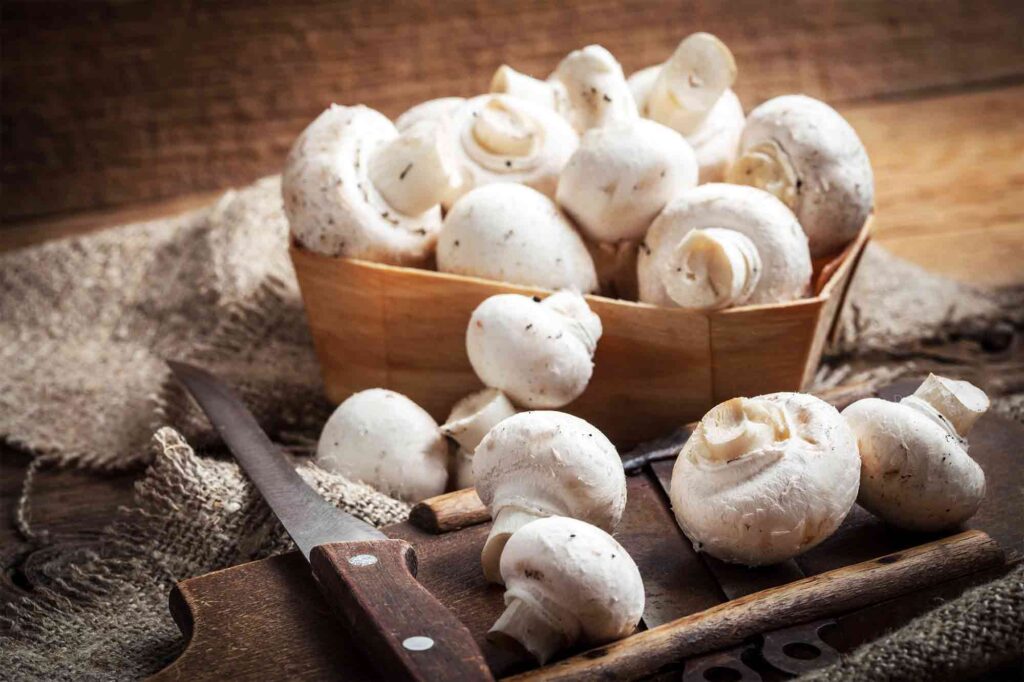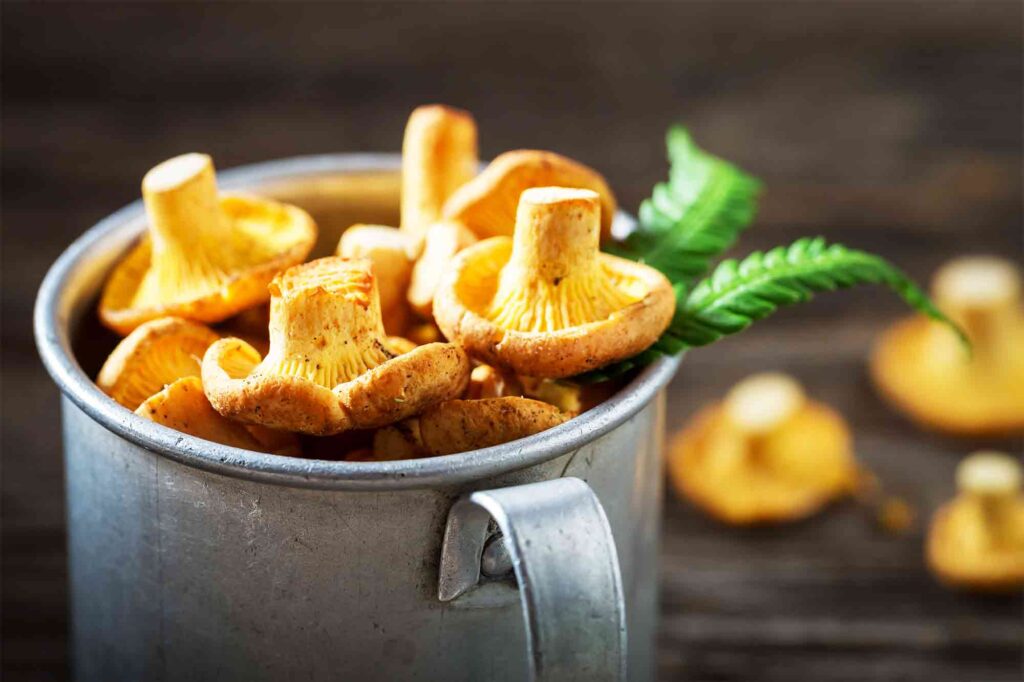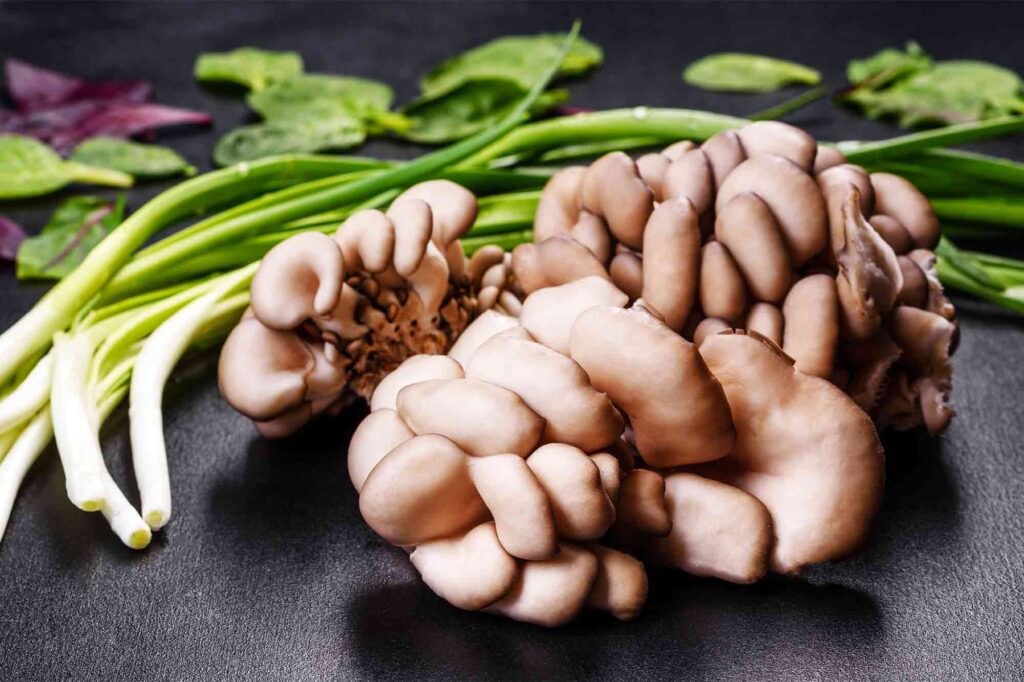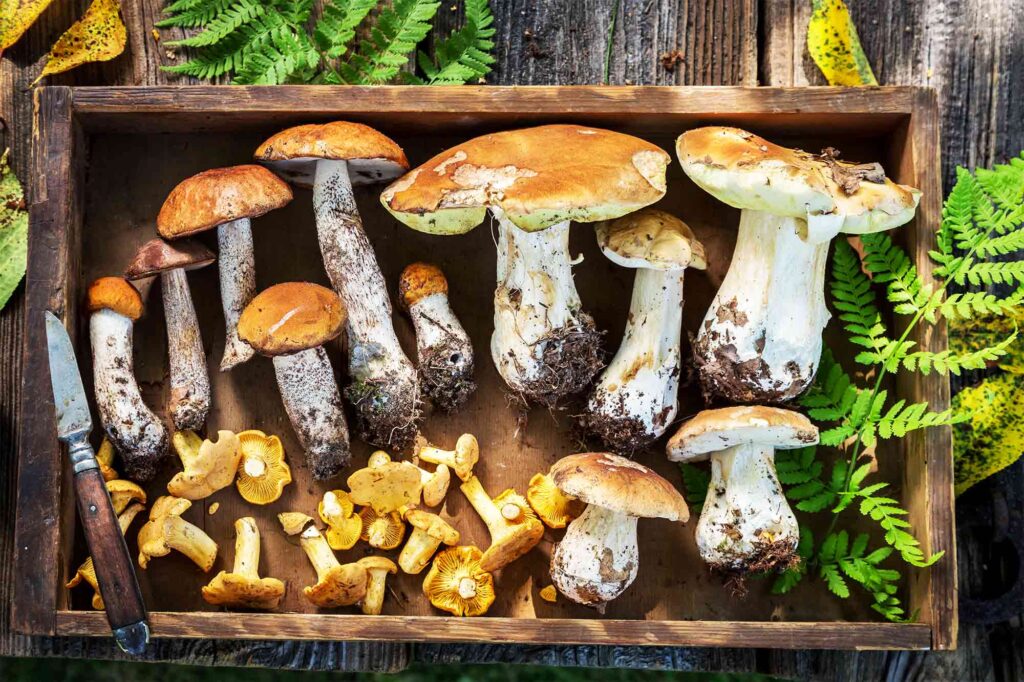Do you have any tips for Keep Mushrooms Fresh? If no, in this article we will give you some tips.
Mushrooms, with their earthy flavors and versatile textures, are a staple in many culinary creations. Whether you're foraging in the wild or picking up a variety from the grocery store, learning how to properly store mushrooms is essential to maintain their freshness and flavor.
In this article, we'll explore the best practices for preserving these fungi to ensure they stay at their best for as long as possible.
Choose the Right Container
When storing mushrooms, it's crucial to select the right container. Opt for a paper bag, a perforated plastic bag, or a container with ventilation holes.
These options allow moisture to escape, preventing the mushrooms from becoming slimy.

Avoid Plastic Wrap
Avoid storing mushrooms in plastic wrap or airtight containers, as they can trap moisture and lead to rapid deterioration.
Keep Them Dry
Mushrooms are like sponges, so excess moisture is their enemy. After purchasing or harvesting mushrooms, gently wipe them with a damp paper towel to remove any dirt.
Never soak them in water, as this can cause them to become waterlogged.
Store in the Refrigerator
Mushrooms are best kept in the refrigerator, where the temperature and humidity levels can be controlled.
Place them in the vegetable crisper drawer, which typically has slightly higher humidity than the rest of the fridge.

Use a Cloth or Paper Towel
If you notice moisture accumulating in the container, place a cloth or paper towel inside to absorb excess moisture.
Be sure to change it regularly to prevent mold growth.
Keep Them Separate
Store different mushroom varieties separately, as their flavors can intermingle. Additionally, mushrooms like shiitake and oyster can release ethylene gas, which may cause other fruits and vegetables to ripen or spoil faster.

Consume Quickly
Mushrooms are best when fresh, so try to use them within a week of purchase. However, some heartier varieties like shiitake and portobello can last longer if stored properly.
Consider Drying or Freezing
To extend their shelf life even further, consider drying or freezing mushrooms. Dried mushrooms can be rehydrated and used in various dishes, while frozen mushrooms are excellent for soups and stews.

By following these tips, you'll become a mushroom preservation pro, ensuring that your fungi remain fresh and flavorful for all your culinary adventures.
Whether you're sautéing them for a savory side dish or adding them to a hearty risotto, well-preserved mushrooms are sure to elevate your meals to a new level of deliciousness.
Enjoy the world of fungi with confidence, knowing that you can store them like a pro!




